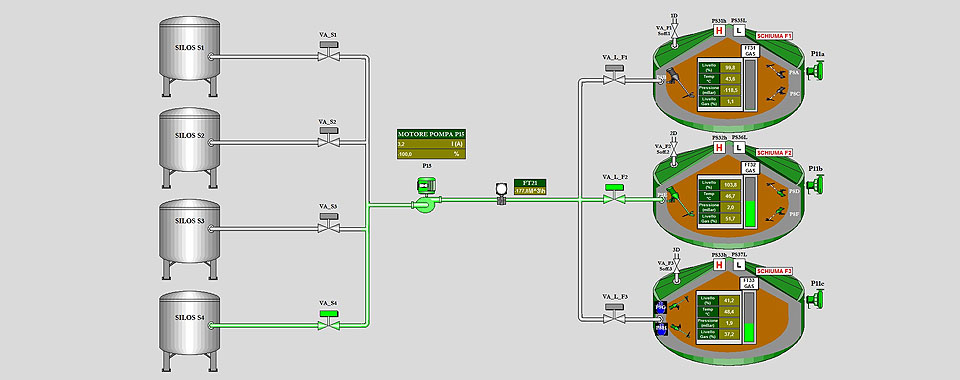
The biogas production takes place through anaerobic digestion (in the absence of oxygen) of organic substances.
The carbon (chemical symbol: C) contained in all organic substances during the process of digestion, which is fostered by the bacteria of methane, hydrogen and binds with the shape of the molecules of methane gas. Biogas is a gas composed primarily of methane (50% -80%) and carbon dioxide (20% -45%) than other substances in significantly lower percentages. Biogas can be produced by almost all organic substances.
The organic substances are less suitable cellulose and lignin-rich substances, the most suitable waste and instead are products of agricultural processing.
The production of biogas is a neutral process to carbon dioxide and is to all intents and purposes be considered a renewable energy source. The biogas that is not limited stocks such as oil, but is a product won by a natural process from natural substances.
Biogas can be used for two main purposes:
- produce electricity and heat (cogeneration)
- produce biomethane
The residual product of the fermentation process, the substances not "digested" during the process, is an excellent fertilizer, which can be used for each type of vegetation.
CONSTITUENT ELEMENTS IN PLANT PROJECT
The main elements that constitute the complexity of the system are:
- With the shed housing the equipment for the pretreatment and the release of substances fresh and drying of the digestate
- The trench covered storage for silage
- The fermenter, circular double ring
- The storage tank with double membrane gas storage
- The group of cogeneration in container or biogas purification systems to produce biomethane.
- The building technical
- The dryer in container
|

